2025 – CHW
Captain John George and Caroline opened their garden for church funds.
Philadelphus coronarius ‘Aureus’ was very fine in the front garden.
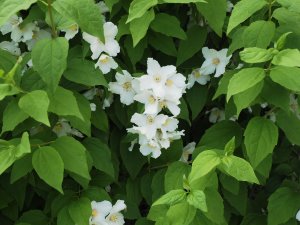
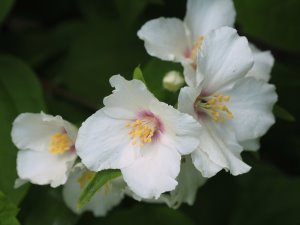
A stocktaking day at Burncoose as part of the proofing of the 2025 catalogue.Dierama dracomontanum finally out in flower.
Ross has finally started work on clearing the Pinus insignis on the drive which fell in a gale before Christmas.
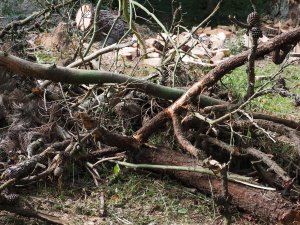
2022 – CHW
Red squirrels on Will Caws’ bird table in Fairy Row, Seaview. This is one of four animals that visit.
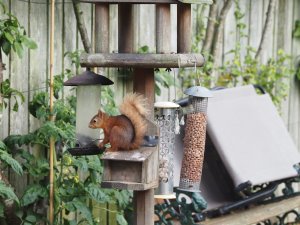
At Herreswater the first instance of suddenly totally dead ash trees while others just have ‘dieback’ for now. Others nearby are still completely unaffected. Smaller younger saplings and trees indeed seem more vulnerable.
A trip up the drive now that it is cut.Very few flowers this year on the semi evergreen Cotoneaster glabratus which was so plastered in berries right through the last winter. You can see some shrivelled up here still.
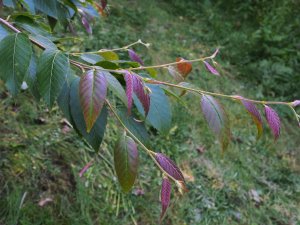
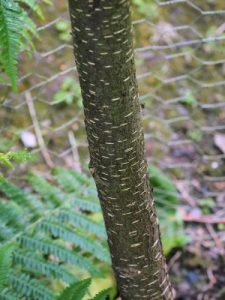
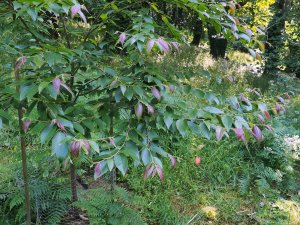
Another youngish Magnolia insignis flowering well amid the foliage camellias. Flowers not as large as on the other one but nicely pink. More buds to open yet.
A trip to look at some new and more recently planted novelties as the chance of finding new things in flower fades.Quercus buckleyi is a new plant for the 2019 catalogue. Here it is growing away well with a rather distinct young trunk. Planted in 2014. In recent mild winters this tree has been photographed as semi evergreen.
I have featured this superb white climbing rose in the diary before. A wild collection (one of three here) by Roy Lancaster but far and away the best of the batch which was enjoyed by my parents for several decades. I will have to ask Roy if he can put a name to it as Philip Tregunna’s ‘little red book’ of plant gifts and annual plantings seems to have omitted it.
Brexit sinks in and very few website orders for Burncoose over the weekend. Just time for a few more new plant pictures for 2017:Leucanthemum ‘Goldfinch’
2015 – CHW
At the Four in Hand a 40 year old Liriodendron tulipifera which has (as they often do) had its leader split out in the wind more than once. You have to stop and look hard to find the flowers but there are several hidden in the leaves. Liriodendron are included within magnoliacae and you can see why when you look closely at the flower. More magnolia than tulip! I saw this in flower by chance last year but how many years it actually took to flower is anyone’s guess. Liriodendron chinense at Burncoose took 25 years.
1924 – JCW
Much as in 1916 the season has been very good for the growth of shrubs and weeds, perhaps we never had such good growth in my time. Styrax hemsleyanus and the Maddeni’s are the best thing.
1916 – JCW
Daff seed has much of it come in. Henonis starts, Papa Gontier on Terrace hardly open. R maddeni is nice. Azaleas just over. E langleyense is good.
1912 – JCW
Have been in Scotland a month, Henonis passing, Escallonia langleyense nice, Sericea pteracantha very good. Most of Wilson’s late Fortunei are open, also R rugosum. The odd form of metternichii and Catabiense and Decorum. Some brambles have made a great growth.
1904 – JCW
Picked most of our seed except Langtry and Recurvas, a fair season for it, Arums have been very good, Rosa prunonii just shows colour. Bamboos but lately starting, some Tree Ferns only just starting.
1900 – JCW
I came back from London, things just as at this time last year, except that it is a very bad year for daff seed. The flowers on the Dracoenas in the Drive are good, and all kinds of ferns and rhodo’s have done well, the first wet early summer for years.




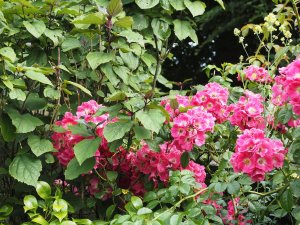
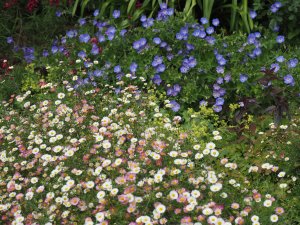
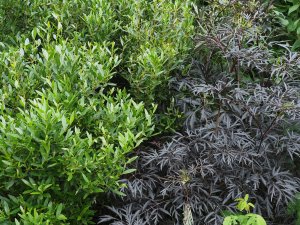
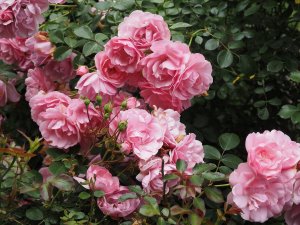
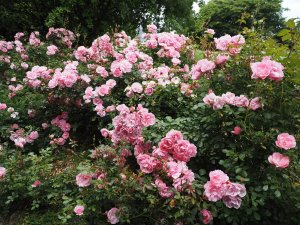
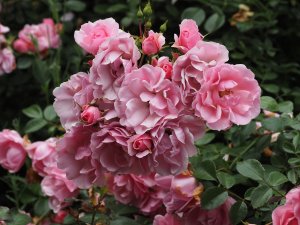
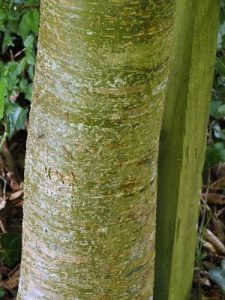
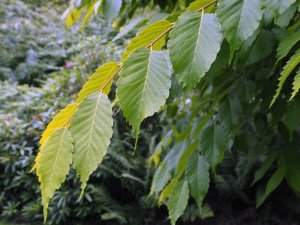
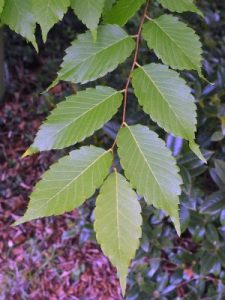
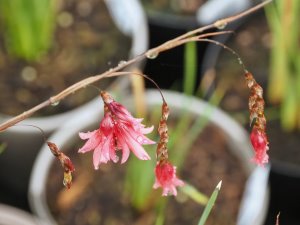
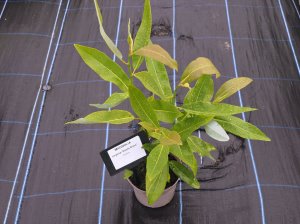
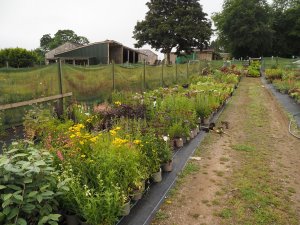
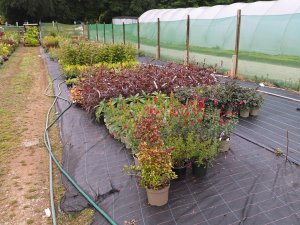
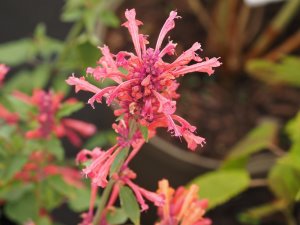

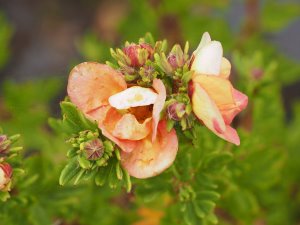
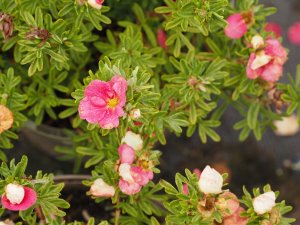



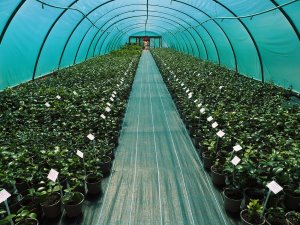
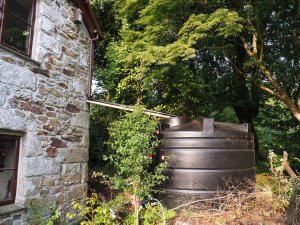
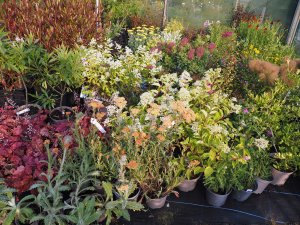
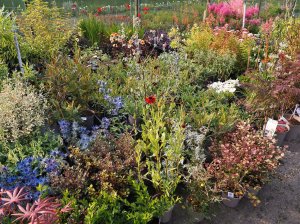
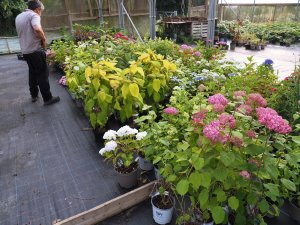
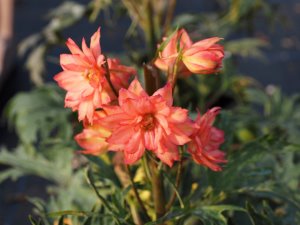
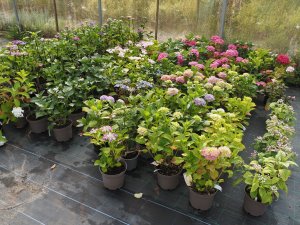
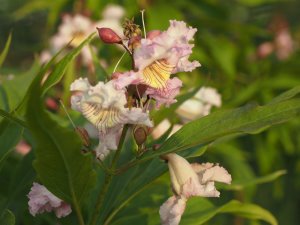
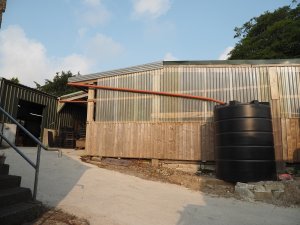
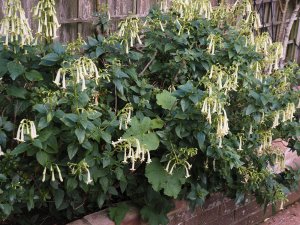
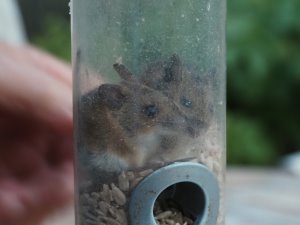
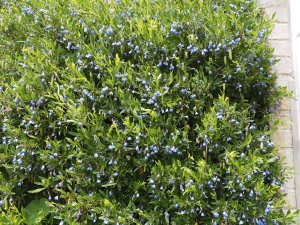

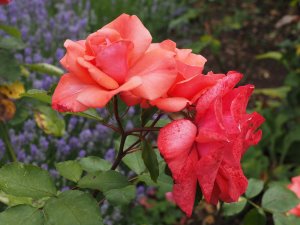
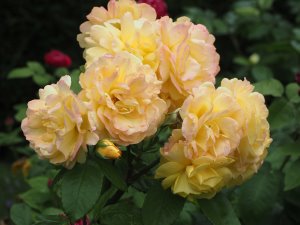
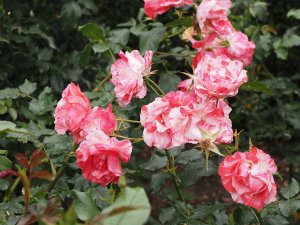
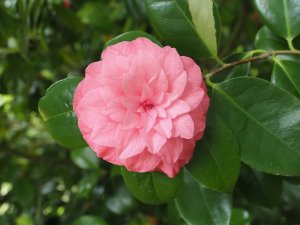
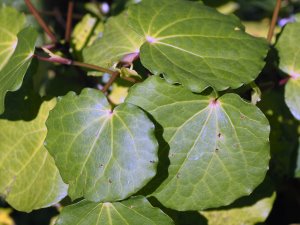
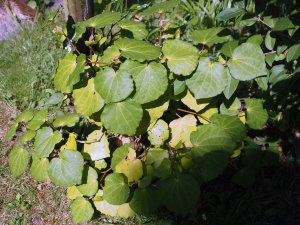
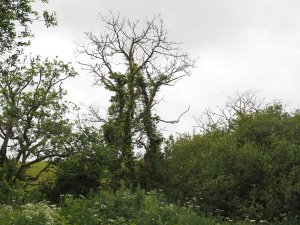
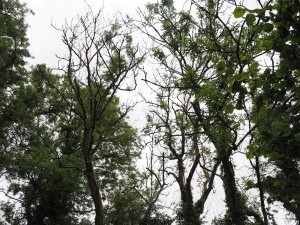
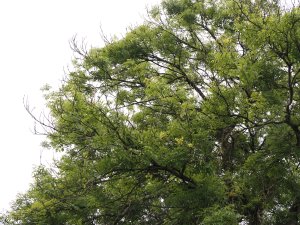
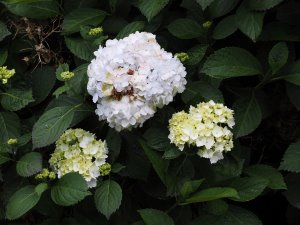
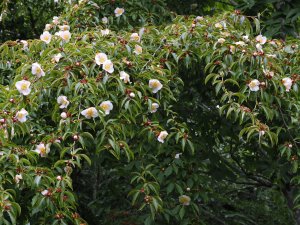
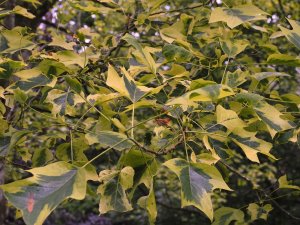
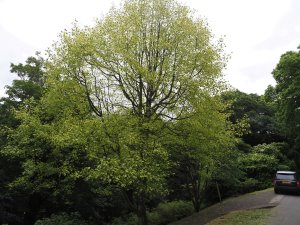
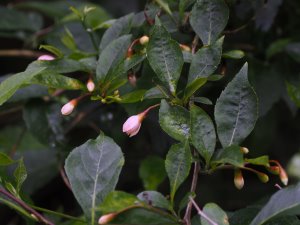
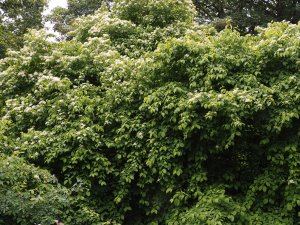
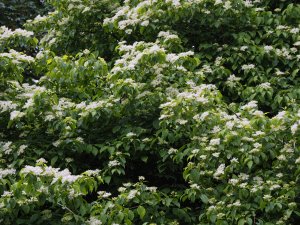
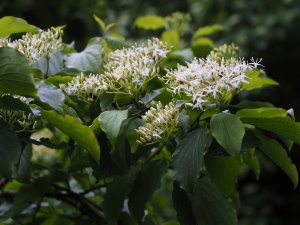
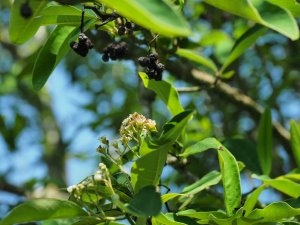
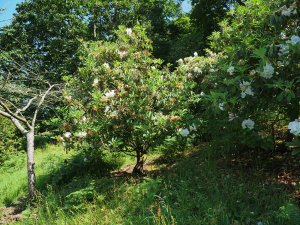
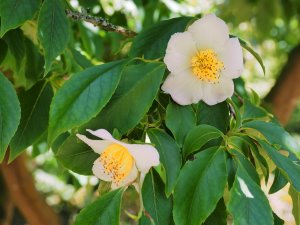

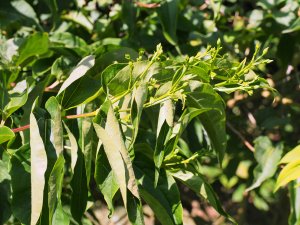
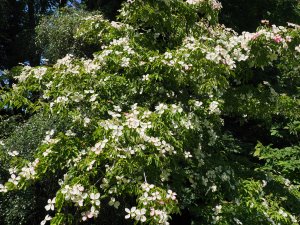
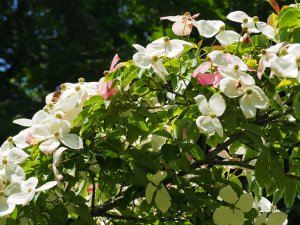
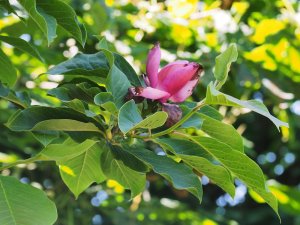
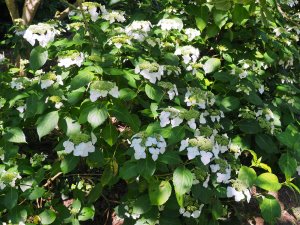
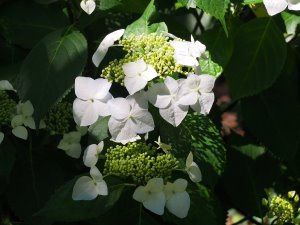
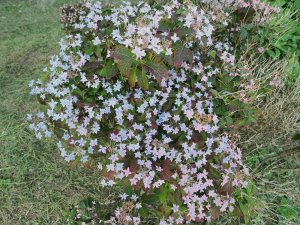
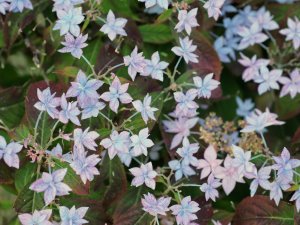
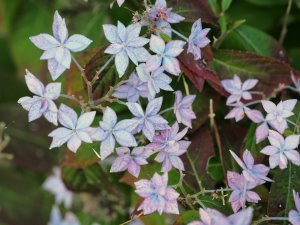
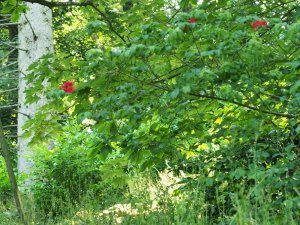
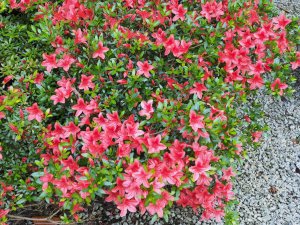
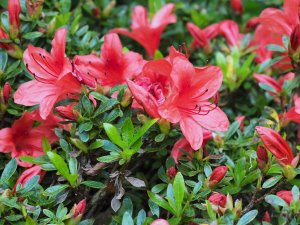
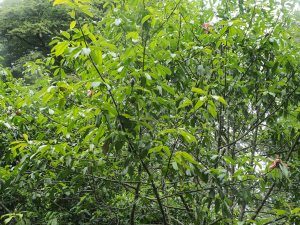
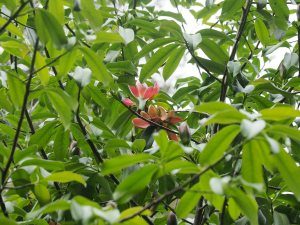
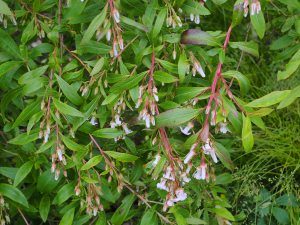
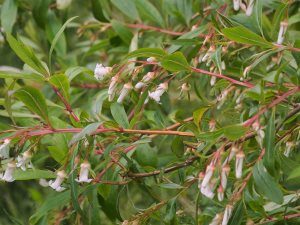
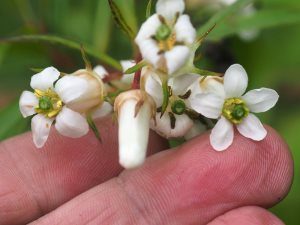
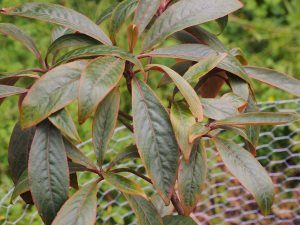
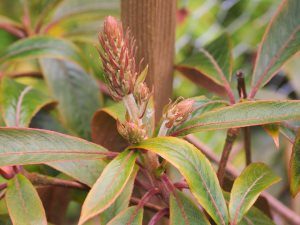
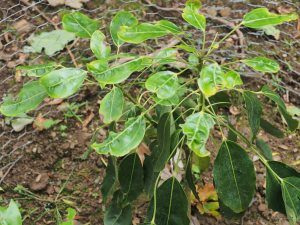
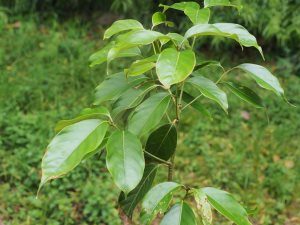
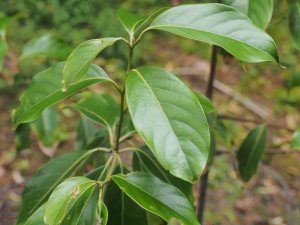
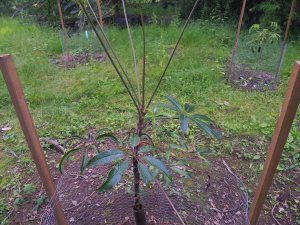
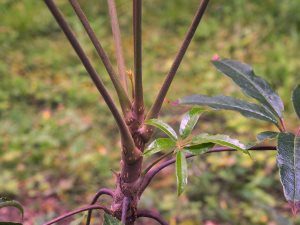
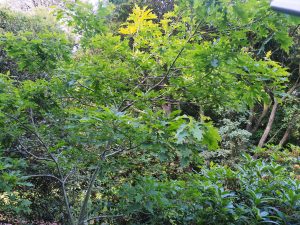
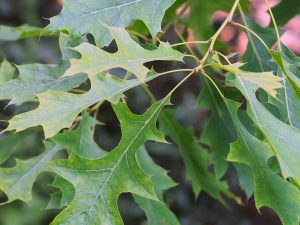
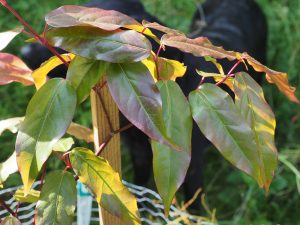
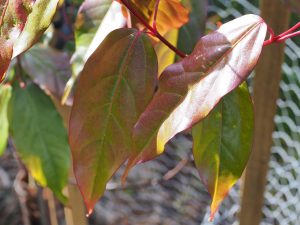
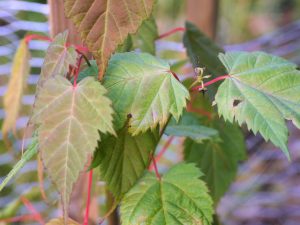
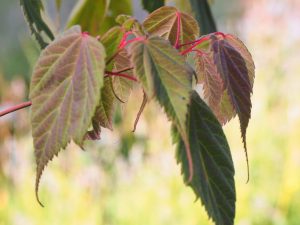
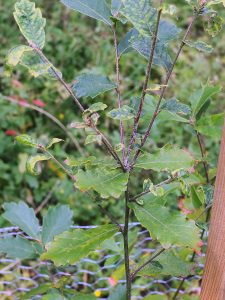
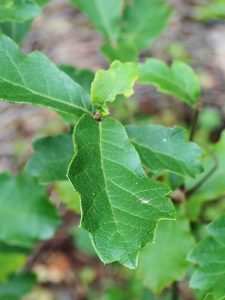
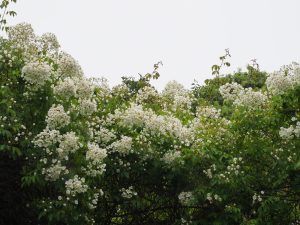
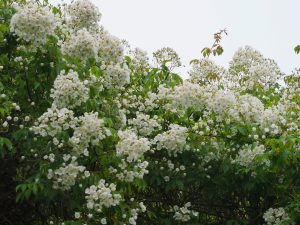
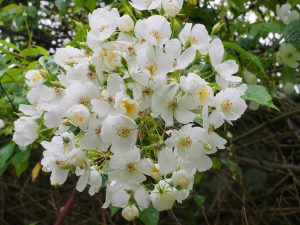
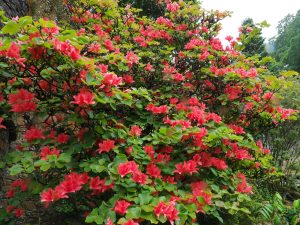
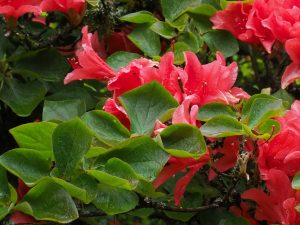
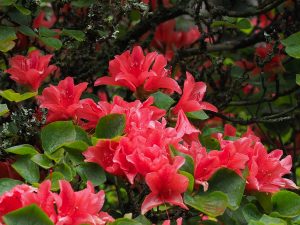
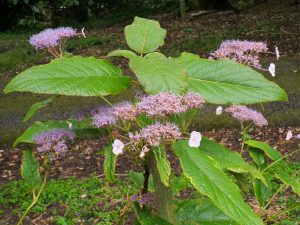
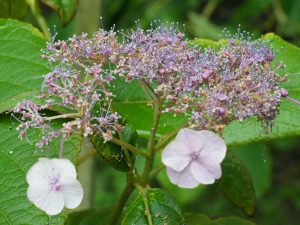
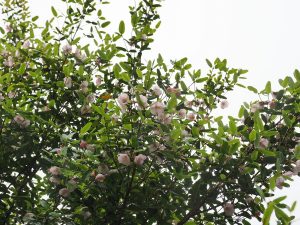
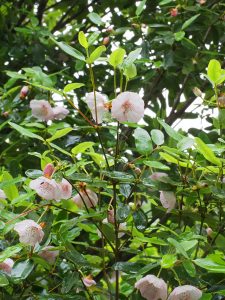
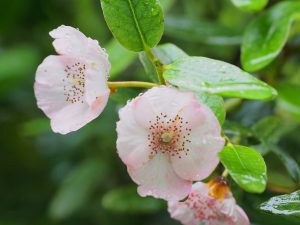
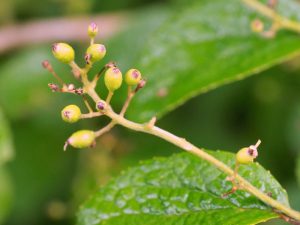
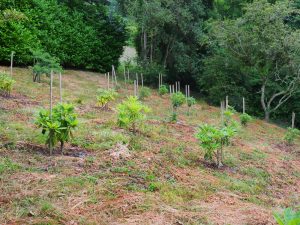
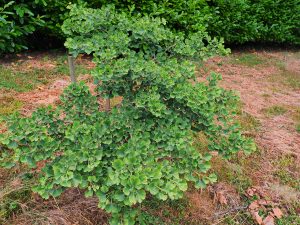
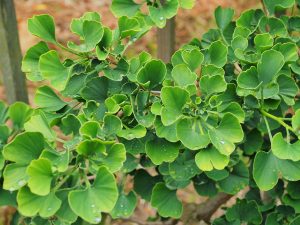
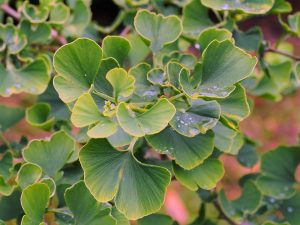
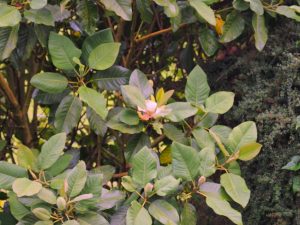
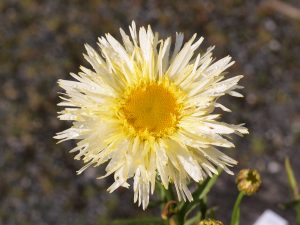
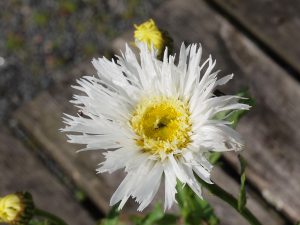
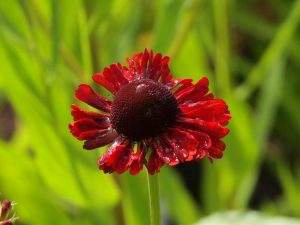
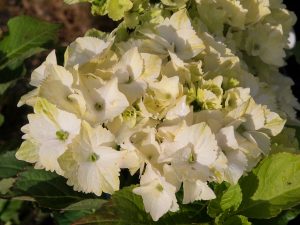
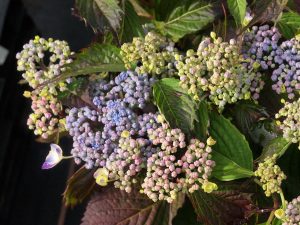
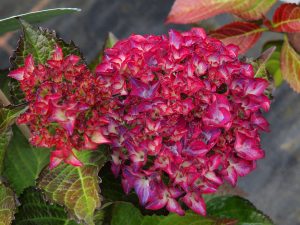
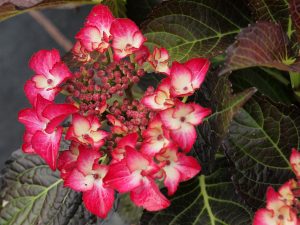
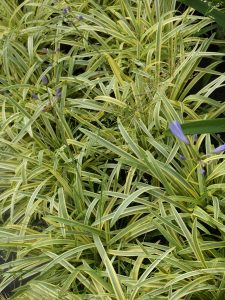
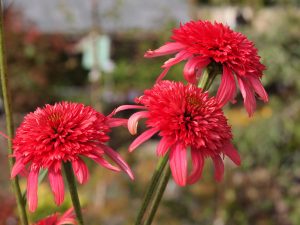

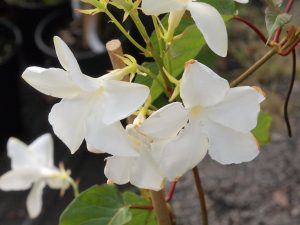
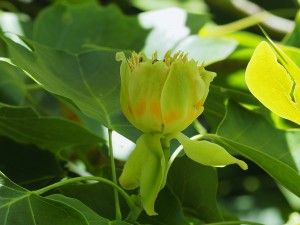
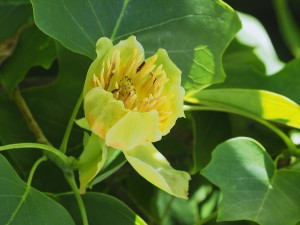
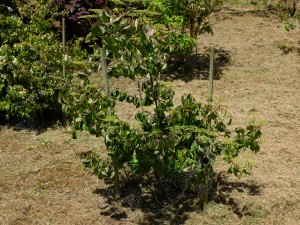
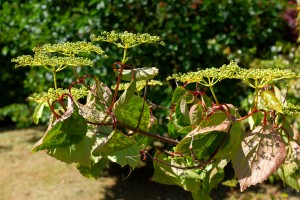
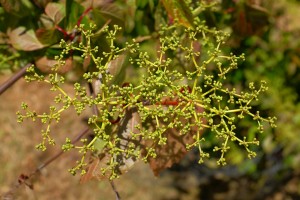
’18 The rare oak is from Georgia, therefore Quercus georgiana, obtainable from pflanzenraritaeten.com.
’16 Lampranthus is not hardy, similar and hardier is Delosperma of which there are colourful cultivars, not so easy to get.